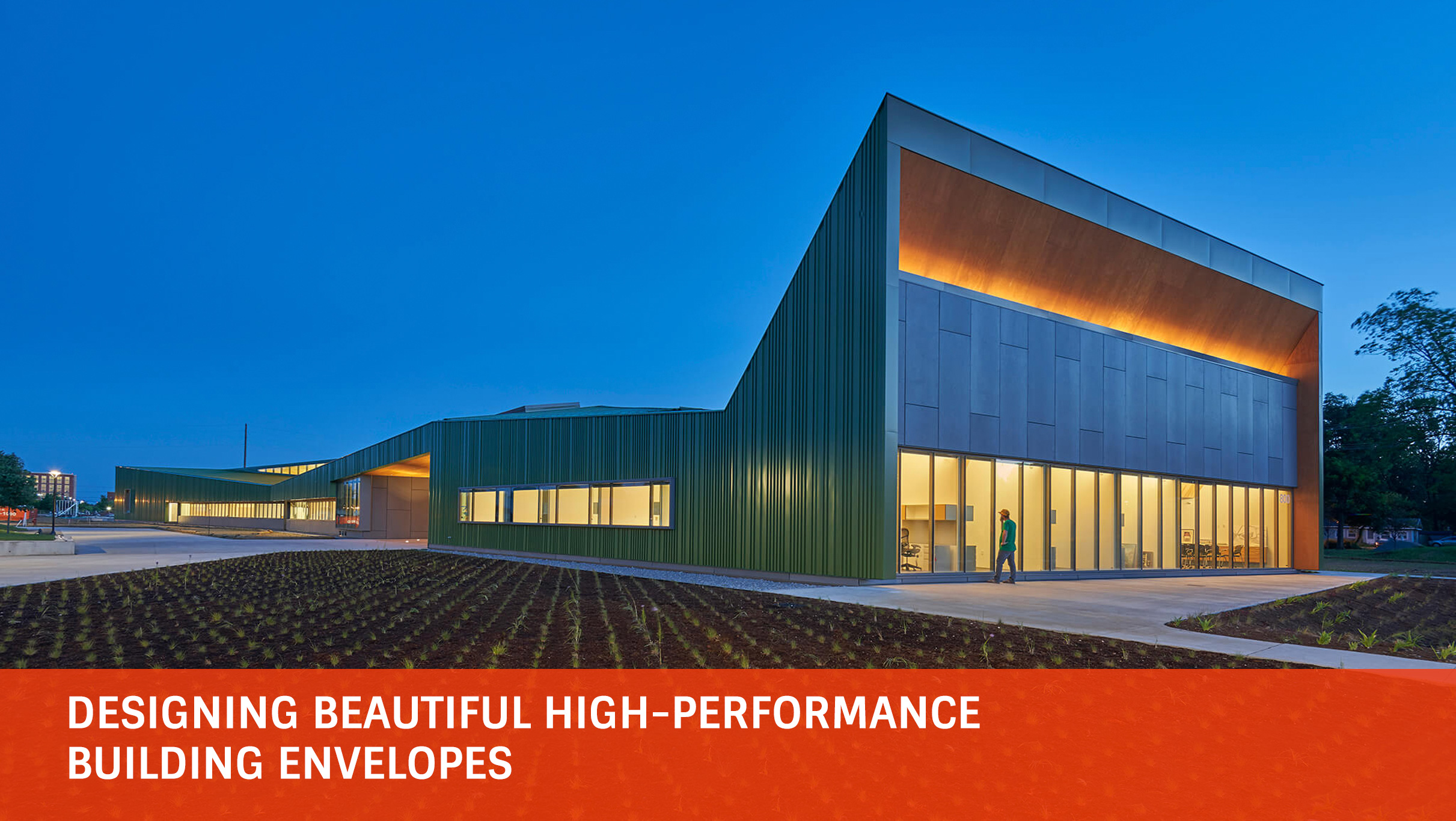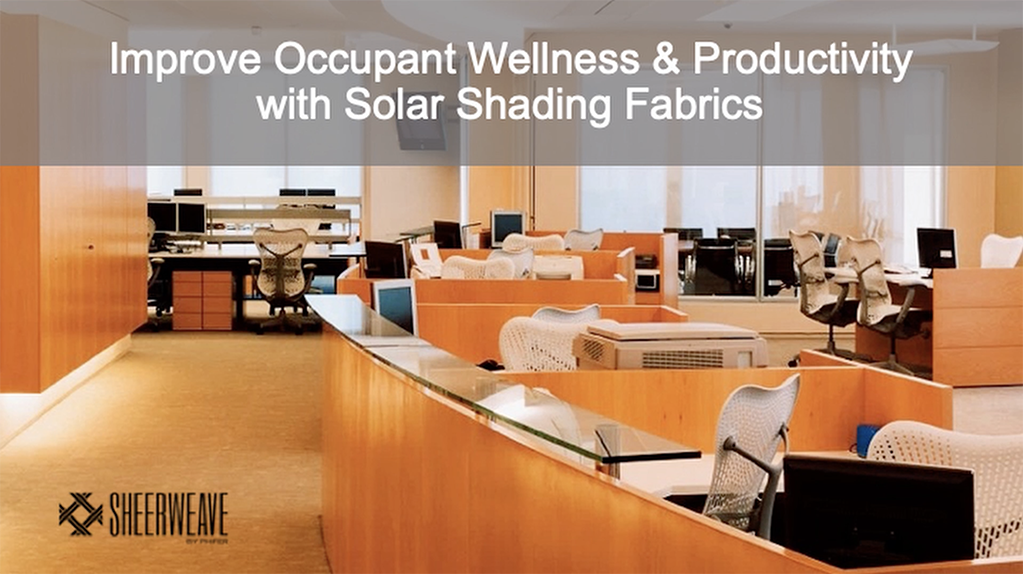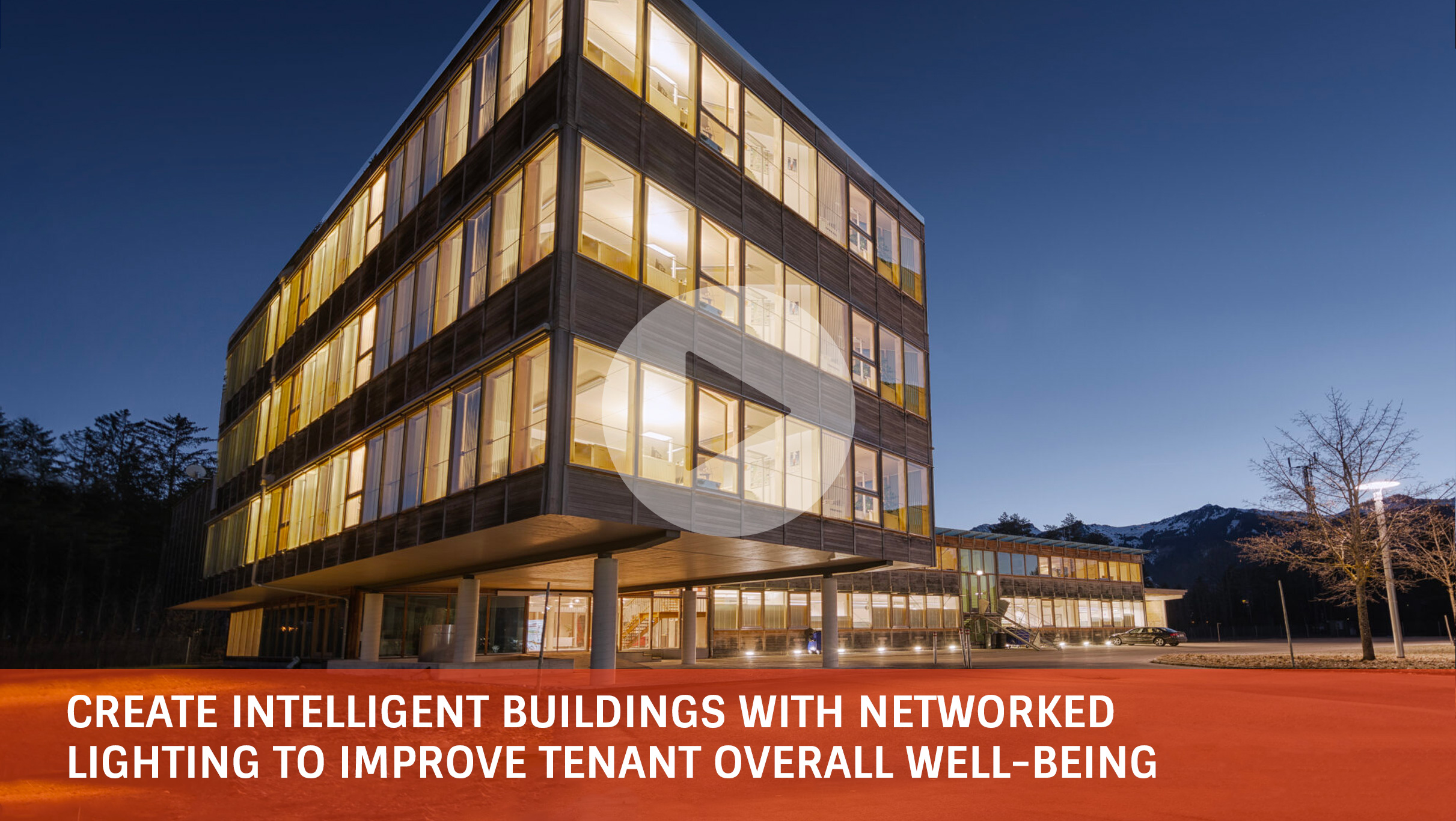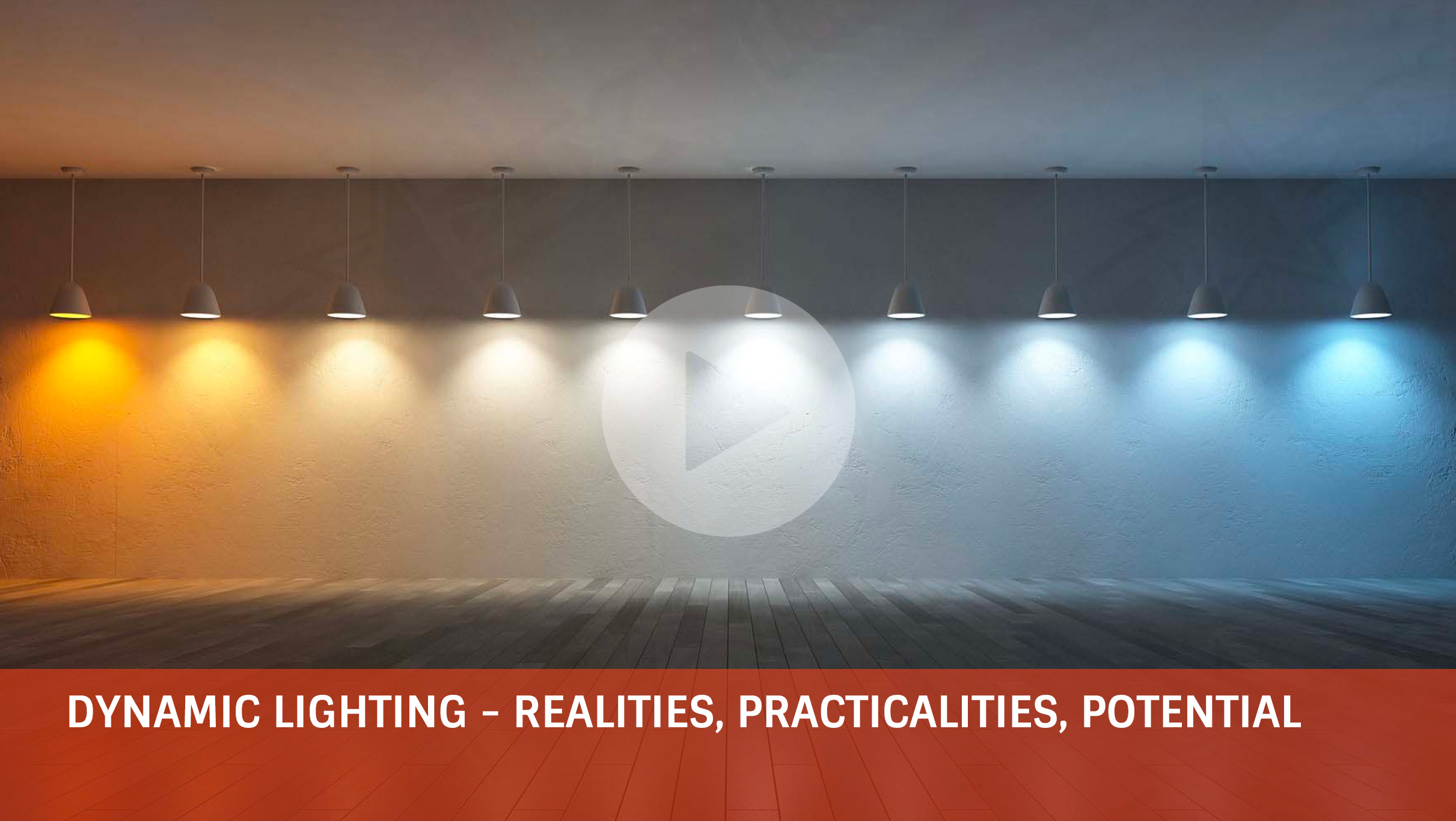Designing Beautiful High-Performance Building Envelopes
The building envelope has a lot of different jobs to do—from insulating the building so that it can be efficiently heated and cooled to providing air and water barriers that keep harmful moisture at bay, as well as providing the aesthetic face of the project. High performance building envelopes do all of those things extremely well. This article explores some of the latest high-performance solutions that can be used to create those high-performance envelopes.
HSW Justification:
A high-performance building envelope is necessary to create a building that is efficient and healthy. This article takes a look at how different components in the building envelope perform—giving architects the information they need to choose high-performance components that will produce a high-performing envelope.
Learning Objective 1:
Compare different types of continuous insulation in terms of the thermal performance they offer and the way they behave when exposed to water and fire.
Learning Objective 2:
Describe how insulated metal panels (IMPs) can be used on the envelope to improve building performance, create efficient and healthy interiors, and enhance design flexibility.
Learning Objective 3:
Explain how PET bottles can be upcycled into insulation creating a new product that contains recycled material and improves thermal performance of the building envelope.
Learning Objective 4:
Describe the ways that architectural metal wall systems enable architects to push the creative boundaries of their designs.


















